Impact of Methane
In 2022, atmospheric methane levels rose significantly to an average of 1,912 ppb, marking the fourth-largest annual increase since systematic measurements began in 1983. This increase of 14 ppb, follows record growth in 2020 and 2021, bringing methane levels to more than two and a half times their pre-industrial levels. (source: NOAA)
Methane is a potent greenhouse gas that traps 84 times more heat than carbon dioxide in its initial 20 years after emission. This is a cause for concern due to methane’s diverse sources, including landfills, wetlands, livestock, and industrial activities. Furthermore, identifying and addressing methane is more difficult than carbon dioxide pollution which often originates from identifiable sources like smokestacks and tailpipes.
It’s more important than ever to investigate the rapid increase in atmospheric methane levels.
Methane Detection
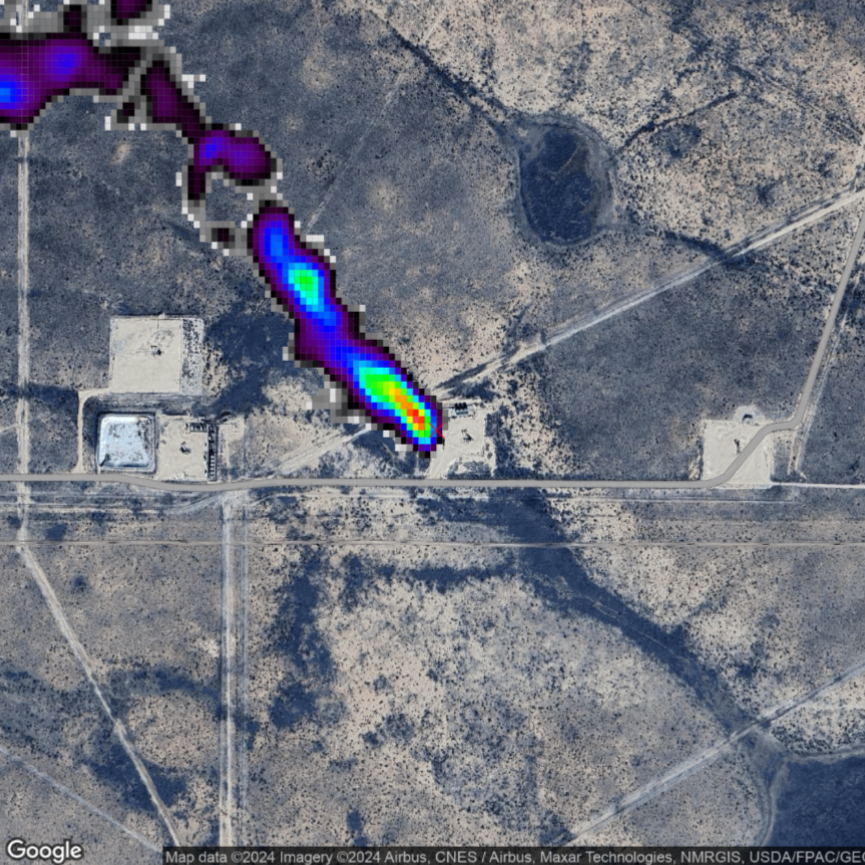
Monitoring methane levels is crucial for assessing its global warming potential and understanding its role in climate change. Detecting and quantifying emissions is the first step in targeted reduction efforts, and is vital for regulatory compliance. Accurate detection and quantification is essential for maintaining air quality, protecting public health, conserving ecosystems, and promoting resource efficiency.
Natural gas and petroleum systems are the second largest source of CH4 emissions in the United States. Methane is emitted to the atmosphere during the production, processing, storage, transmission, distribution, and use of natural gas, and the production, refinement, transportation, and storage of crude oil.
Picture: Permian Basin, Texas, USA – Source: MethaneAIR Project
In 2022, methane accounted for 12% of all U.S. greenhouse gas emissions from human activities.
One of our specialized services at IO Aerospace is Methane Detection and Mapping for a range of customers and applications. We will work with your team to design, develop, and deploy a custom solution that specifically targets the needs and pain points of your customers.
Monitoring methane levels is crucial for assessing its global warming potential and understanding its role in climate change. Detecting and quantifying emissions is the first step in targeted reduction efforts, and is vital for regulatory compliance. Accurate detection and quantification is essential for maintaining air quality, protecting public health, conserving ecosystems, and promoting resource efficiency.
Picture: SW Marcellus – Source: MethaneSAT
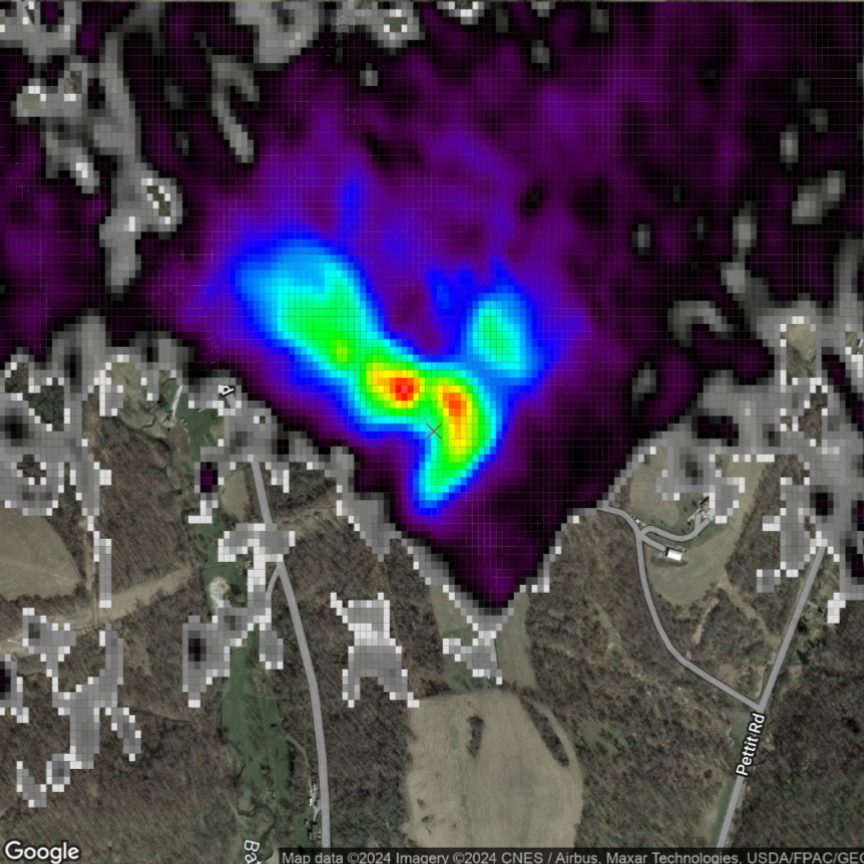
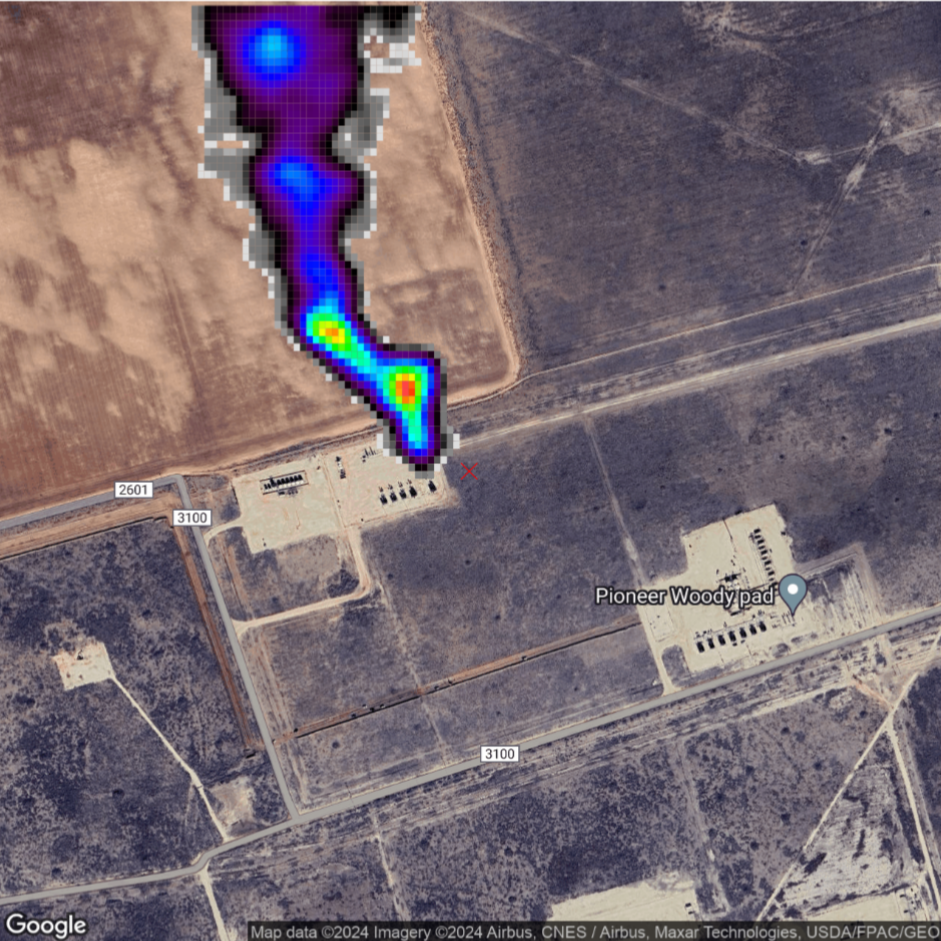
The image shown here is a visual representation of methane emissions from a gathering pipeline. The leak source, plume, and concentration of the plume are all clearly visible. Detection and quantification are the precursors to action in mitigating rogue methane emissions. Our specially modified aircraft delivers accurate data, quickly, and over any target area.
Martin County, TX, USA – Source: MethaneSAT
Airborne Detection and Quantification
During the summer acquisition season of 2023, IO Aerospace mapped more than 750,000 km² of area suspected of having significant methane emissions. Carrying an onboard imaging spectrometer IO Aerospace is capable of detecting and quantifying methane leaks in oil and gas plants, pipelines, landfills, cattle feedlots, and other methane producing assets.
With our decades of experience operating remote sensing systems worldwide and delivering data at scale, IO Aerospace can provide repeat imaging and monitoring of suspected methane producing sites globally. The quantified analysis and change-over-time information can be invaluable for reducing methane emissions.
With our decades of experience operating remote sensing systems worldwide and delivering data at scale, IO Aerospace can provide repeat imaging and monitoring of suspected methane producing sites globally. The quantified analysis and change-over-time information can be invaluable for reducing methane emissions.
Emissions from intentional vents and unintentional leaks, amount to $1 billion in lost commercial value for energy producers. The annual cost rises to $10 billion when researchers account for harm to the economy and human well-being caused by adding heat-trapping methane to Earth’s atmosphere.
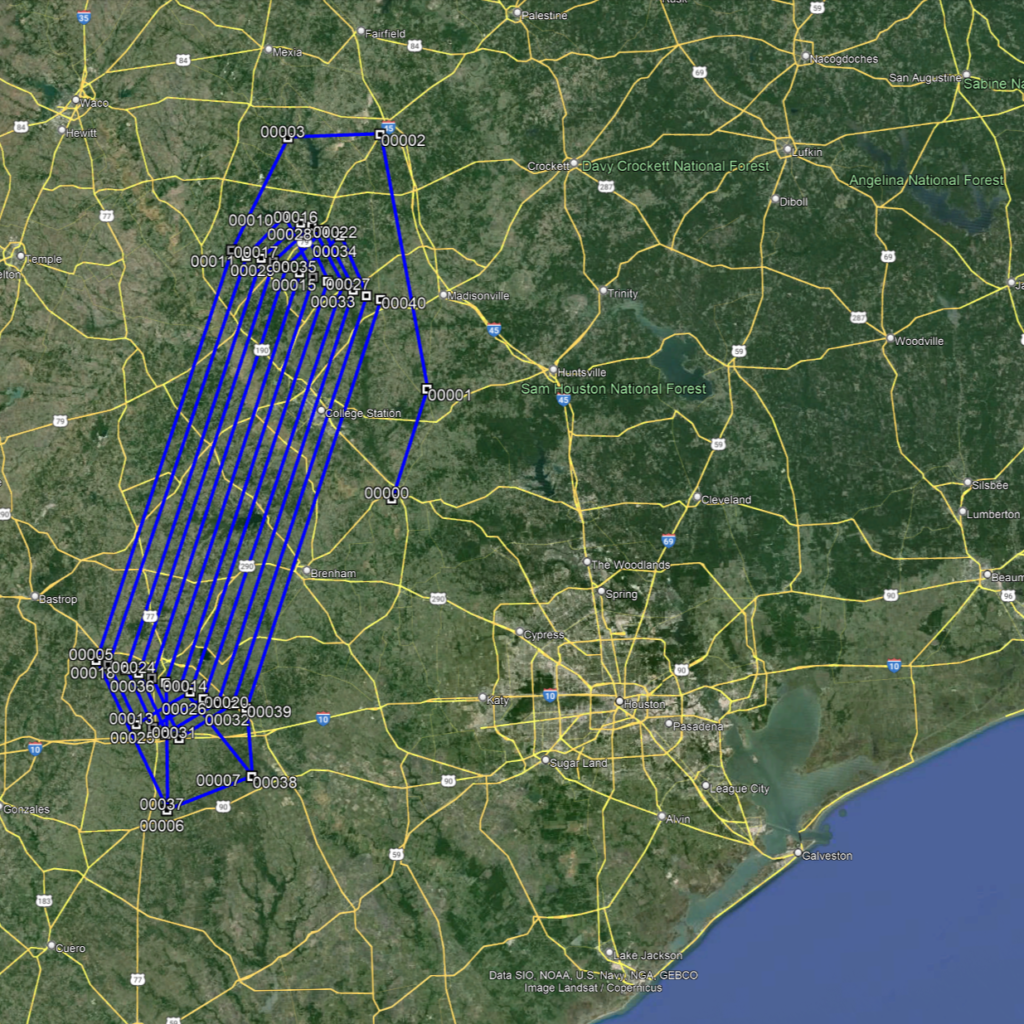
This image shows one of our flight plans designed to monitor methane emissions near Houston, Texas. Our high-speed approach enables us to quickly cover vast areas, making it easier to identify areas where emissions may be high. Additionally, we can also target specific facilities with high resolution to obtain more detailed information. Our goal is to provide accurate and efficient monitoring to help reduce methane emissions and support environmental sustainability.
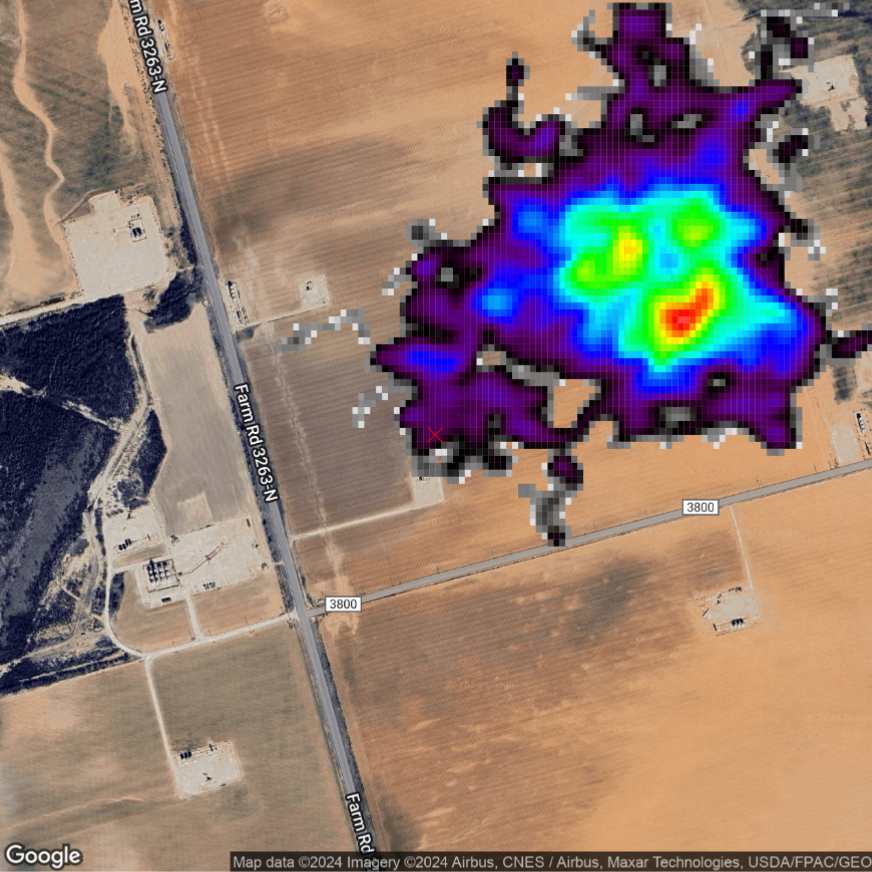

Lenorah, Texas, US
Switzerland Township, OH, USA
Take the first step towards sustainability and efficiency – measure your methane emissions and join us in building a cleaner future.